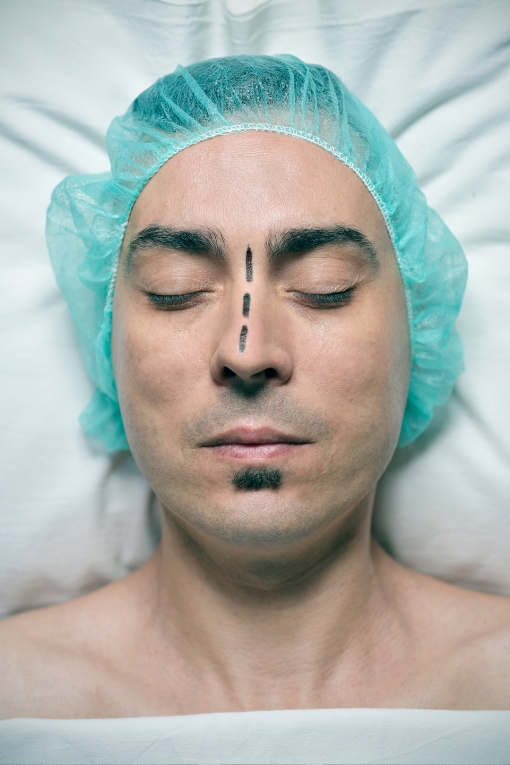Expert Cosmetics Since 2017
Choice of Five-Star Clinics
Friendly and Knowledgeable Team
Rhinoplasty Surgery
Why choose rhinoplasty surgery?


How does rhinoplasty surgery work?
What are the results like?
The results of rhinoplasty can be significantly transformative, affecting both the appearance and function of the nose. After the surgery, individuals may experience some swelling and bruising, but these symptoms will subside over time. The final results may take up to a year to fully manifest as the nose continues to heal and settle into its new shape. It’s crucial for individuals to have realistic expectations regarding the outcome of the surgery. While rhinoplasty can enhance facial aesthetics and nasal function markedly, aiming for perfection might not be realistic.
How does rhinoplasty surgery work?
The procedure of rhinoplasty involves the modification of the bone or cartilage of the nose to achieve the desired shape or to enhance functional performance. Typically performed under local or general anesthesia, the procedure lasts between 1 to 3 hours. There are different techniques employed in rhinoplasty, such as open rhinoplasty and closed rhinoplasty. Open rhinoplasty involves making incisions both inside and outside the nose, allowing for better visibility and precision during the procedure. On the other hand, closed rhinoplasty entails making all incisions inside the nose, which leads to less visible scarring and a quicker recovery post-surgery.
What are the results like?
The results of rhinoplasty can be significantly transformative, affecting both the appearance and function of the nose. After the surgery, individuals may experience some swelling and bruising, but these symptoms will subside over time. The final results may take up to a year to fully manifest as the nose continues to heal and settle into its new shape. It’s crucial for individuals to have realistic expectations regarding the outcome of the surgery. While rhinoplasty can enhance facial aesthetics and nasal function markedly, aiming for perfection might not be realistic.

Speak to an expert today
Give us a call or fill in our easy to use online form and a member of our customer support team will be in touch with you at a time and date that works best for you.
Frequently Asked Questions
Are there any complications associated with rhinoplasty surgery?
Can rhinoplasty surgery affect my voice?
Is my nose going to be broken during surgery?
Does a nose job last forever?
What are the side effects of rhinoplasty surgery?
Will a nose job help my sinuses?
What happens after a rhinoplasty surgery if I need to wear glasses?
Or call our team to arrange your consultation today:
- 0800 772 0039
View our latest news
The Fascinating Evolution of Cosmetic Surgery: A Journey Through Time
When we think of cosmetic surgery today, the images that often come to mind are those of celebrities with perfectly chiseled features or individuals undergoing transformative procedures for a rejuvenated appearance. However, the art and science of altering the human...
Stay connected

